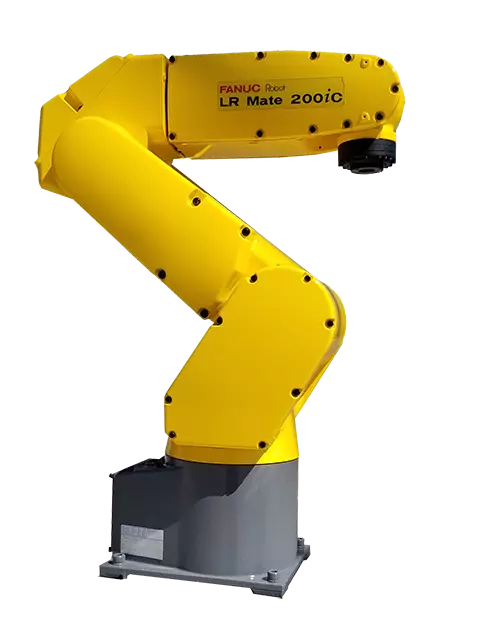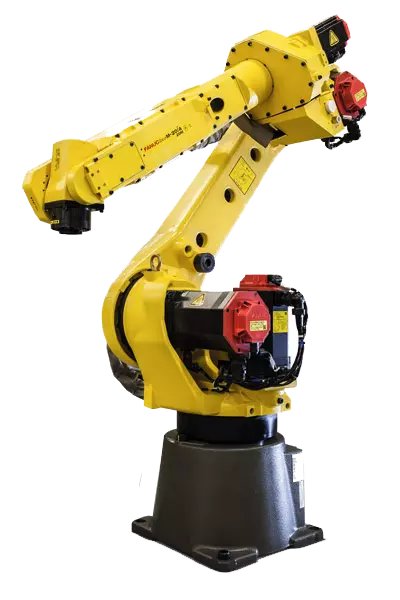Advantages of Robotic Painting





Industrial robots have been used to automate painting applications since the early 1980s when they were first introduced to the automotive industry. Since then, painting robots have expanded to other industries including the aerospace, electronics, and glass industries. A typical painting robotic manipulator consists of six axes allowing them to operate in similar motions as humans. The FANUC Paintmate 200ia/5L is specifically designed for painting automation. In addition to paint, painting industrial robot arms can be used to apply other types of coatings including water resistant coatings, anti-fog coatings, and anti-bacterial coatings.
Automating a painting or coating process with an industrial robot has a number of advantages. These include:
- • Even Paint Application - Industrial robots are programmed for even paint applications and their operation can be enhanced with the integration of vision systems and other sensors. The correct amount of paint is applied with even strokes of the robotic arm, preventing overspray that causes dripping, bubbling, or other defects. Parts are left with flawless, high-quality finishes.
- • High Repeatability - It is nearly impossible to replicate paint finishes on every part when done manually. The amount of paint used, and speed of the application cannot be controlled. Factory robots are designed for high repeatability. They can replicate the same movements, speed, and paint application with every part. This allows for consistent quality among all products.
- • Faster Painting - Industrial robotic arms operate at much faster speeds than humans. They can paint parts at rates thirty times faster compared to manual painting. In addition, they can operate around the clock without breaks or distractions interrupting their work. With painting robots cycle times can be dramatically reduced.
- • Increased Safety for Workers - Industrial manufacturing robot arms are known for automating dangerous tasks, relieving workers from such tasks for a safer work environment. This includes painting applications as they can be extremely hazardous to humans. Industrial grade paint contains many harmful chemicals that can be carcinogenic and flammable. Automating painting applications with robots removes workers from being directly exposed to these chemicals. Painting robot manipulators are even designed to withstand fires or explosions caused by industrial paints.
- • Better Part Access - Industrial robots have longer reaches than humans allowing them to cover a larger workspace. Their long reach and slender robotic arm allow them to access hard to reach parts and cover larger parts. They can also better handle complex parts such as those with complicated geometries or those that are circular.
- • Reduced Costs - Since robots are programmed for accurate paint coatings, material waste is reduced. The FANUC P250ia does not waste paint with its precision. Scrapped parts due to paint defects are prevented along with wasted time due to rework. With the conservation of materials, production costs are lowered.
- • Versatility - As mentioned earlier, painting robots are not just used for applying paint, but for applying other coatings as well. The same articulated robot can be used to apply paint to a part and then a protective coating over top. A single six axis robot can automate multiple tasks or steps, allowing users to get the most value from that robot.